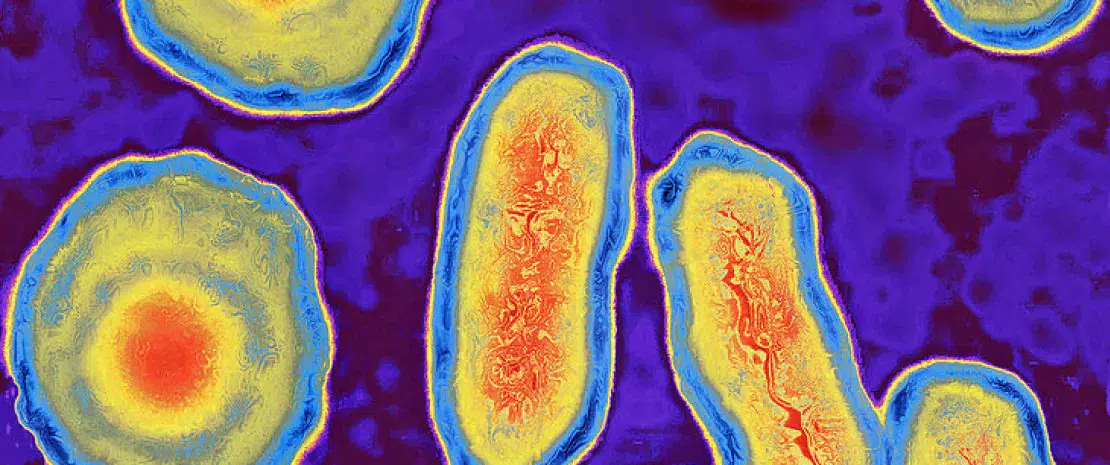Monitoring the progression of hepatitis B through microbiota analysis is possible!
The progression from chronic hepatitis B to cirrhosis and the dreaded hepatocellular carcinoma is accompanied by stage-specific gut dysbiosis, reveals a study in Frontiers in Microbiology1. The associated bacterial signatures could serve as biomarkers for non-invasive monitoring of the disease.
Sources
This article is based on scientific information

About this article
Today, we speak of the "intestine-liver axis". Originating from the same germ layer, the liver and intestines are indeed connected at the anatomical and functional level, in particular through biliary secretion and the hepatic portal system. Furthermore, there is mounting evidence of an association between hepatitis B and alterations in the composition of the gut microbiota. However, no study had explored these changes as the disease progresses from chronic to cirrhosis to hepatocellular carcinoma.
A team therefore conducted a systematic meta-analysis of 16S sequencing results (from public databases) from fecal samples collected from HBV-infected patients at all stages of liver disease. Signatures of eventually identified microbiota were then validated in independent cohorts (23 chronic hepatitis B patients, 20 cirrhotic patients, 22 patients with hepatocellular carcinoma and 15 controls).
296 million people were living with chronic hepatitis B worldwide in 2019.
820,000 deaths The progression of the disease has resulted in 820,000 deaths. The African and Western Pacific regions, including China, are particularly affected by this scourge.
(sidenote: Hepatitis B WHO (2017) )
Microbiota signatures as a function of progression
The researchers identified 13 bacterial genera that differed at each stage of liver disease, consistent between public data sets and validation cohorts. While the genera Monoglobus and Colidextribacter were more present in healthy controls, species belonging to the family Lachnospiraceae were specifically increased in chronic hepatitis B while Bilophia were reduced. The genera Prevotella and Oscillibacter were decreased in cirrhosis, Coprococcus and Faecalibacterium in hepatocellular carcinoma. According to the authors, these results indicate a decrease in key taxa of the gut microbiota at each stage of the disease, and an increasingly pronounced dysbiosis as the disease worsens.
Their analyses corroborate the results of previous studies: Monoglobus, Colidextribacter and Bilophila were associated with protection against inflammation and/or liver damage and Prevotella and Oscillibacter were found to be decreased in severe alcoholic hepatitis. In addition, Coprococcus and Faecalibacterium produce butyrate, the depletion of which is thought to alter intestinal permeability and increase translocation of cancer-promoting bacteria.
New non-invasive biomarkers?
The use of these 13 bacterial genera reveals a diagnostic power to distinguish all stages of the disease, with varying degrees of accuracy (confirmed on data from databases and independent cohorts). These microbial signatures could serve as biomarkers for non-invasive monitoring of hepatitis B, according to the researchers, but also contribute to the development of therapies based on the gut microbiota.













